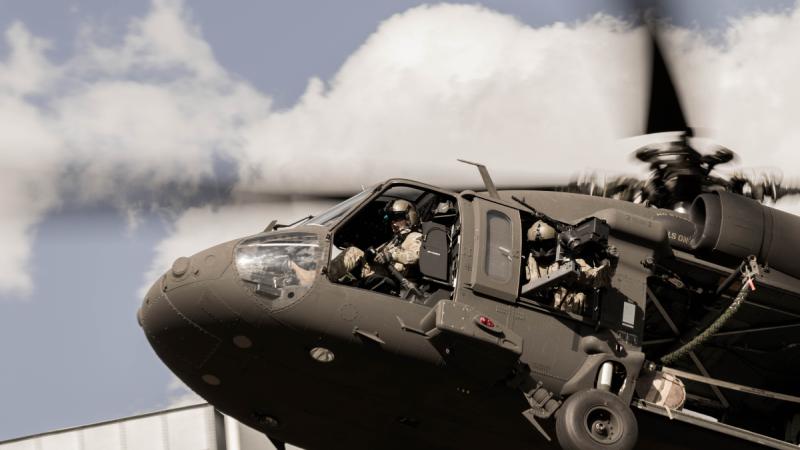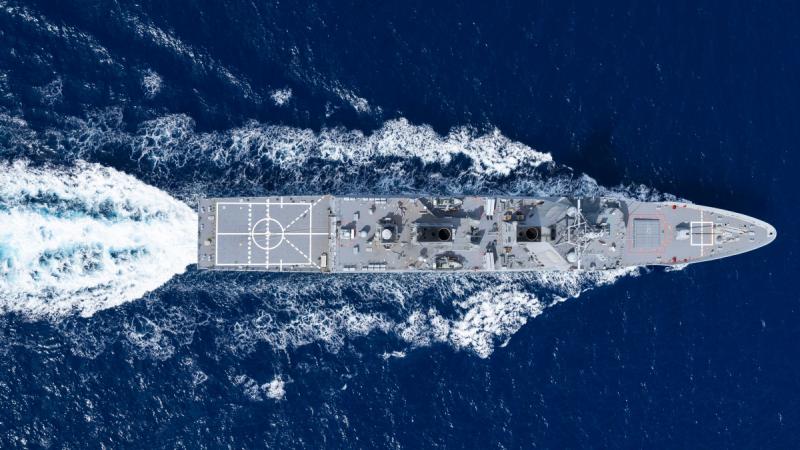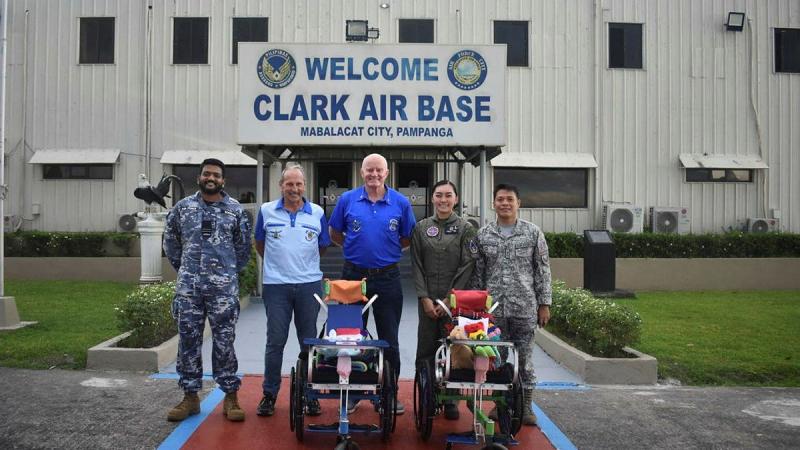7 October 2025
More than 250 Australian soldiers worked with personnel from New Zealand, the United States and Japan during a series of Defence Cooperation Program training exercises across the island nation of Timor-Leste.
In its 14th year, Exercise Hari'i Hamutuk, which translates to ‘building together’, was conducted for six weeks from August to September.
The Australian contingent included members of 1st Combat Engineer Regiment, 1st Combat Signals Regiment, 10th Force Support Battalion and 1st Health Battalion.
Working with Timor-Leste Defence Force (F-FDTL) personnel, the exercise focused on humanitarian aid and disaster relief (HADR) tasks, as well as conducting construction tasks.
At Port Hera, construction was completed on two accommodation blocks that will provide living quarters for local Navy personnel. The new buildings are positioned at either end of a street inside the port, with buildings from the previous three years located in between.
The works were undertaken by members of the 1st Combat Engineer Regiment, School of Military Engineering and F-FDTL soldiers.
On his third Hari’i Hamutuk, Sapper Matthew Stubbles from the 1st Combat Engineer Regiment said each year brought minor changes.
“We make the buildings more liveable. For example, this year power points have been installed higher up for the bunks, and the roofs have been raised,” he said.
“We’ve completed the internals for the buildings, lined the inside, completed carpentry fit-outs and finished off all the electrics.”
Being closer to the water at a naval base was a highlight for the sapper, who said it was great to be back and living the Timorese culture again.
“Having a new crew of Timor-Leste soldiers each year is always a nice change,” Sapper Stubbles said.
“We get to introduce them to different tools, new equipment and just help make their own future builds more efficient.”
He said with the other partner nations lending a hand, the sense of community was strong.
Exercise commander Major Peter Walsh of the 1st Combat Engineer Regiment said the training was divided into two components to test skills and share knowledge.
'The relationships forged with the partner nations and the work rate that the team has completed has been excellent and I’ve been incredibly impressed each day.'
“Our main hub in Metinaro Military Base had the majority of the training – communications, medical treatment teams and foreman training,” Major Walsh said.
“Our tradies were able to use some of their skills they haven't used in a while by concreting a vertical wall to create a storage bay.
“It’s a great chance for them to get after their skills that they don't use every day.”
The culminating activity involved a notional category 5 cyclone, ‘Tropical Cyclone Lafaek’ – translating to crocodile in Tetum – making landfall.
F-FDTL soldiers reacted to the HADR task with the Australians conducting building clearances, treatment of casualties and water purification.
Two hours up the road on the outskirts of Baucau, a small part of the contingent was positioned at a local barracks, conducting combat first aid and radio courses.
Running a bull-ring style activity as the exercise neared the end, staff tested the F-FDTL under pressure, including a run between stands where they had to perform first aid and call in support over the radio.
Major Walsh said he was proud of the combined contingent.
“Overall, the teams across the board have done an excellent job,” he said.
“The relationships forged with the partner nations and the work rate that the team has completed has been excellent and I’ve been incredibly impressed each day.
“Every single person has contributed to making this an outstanding exercise.”


